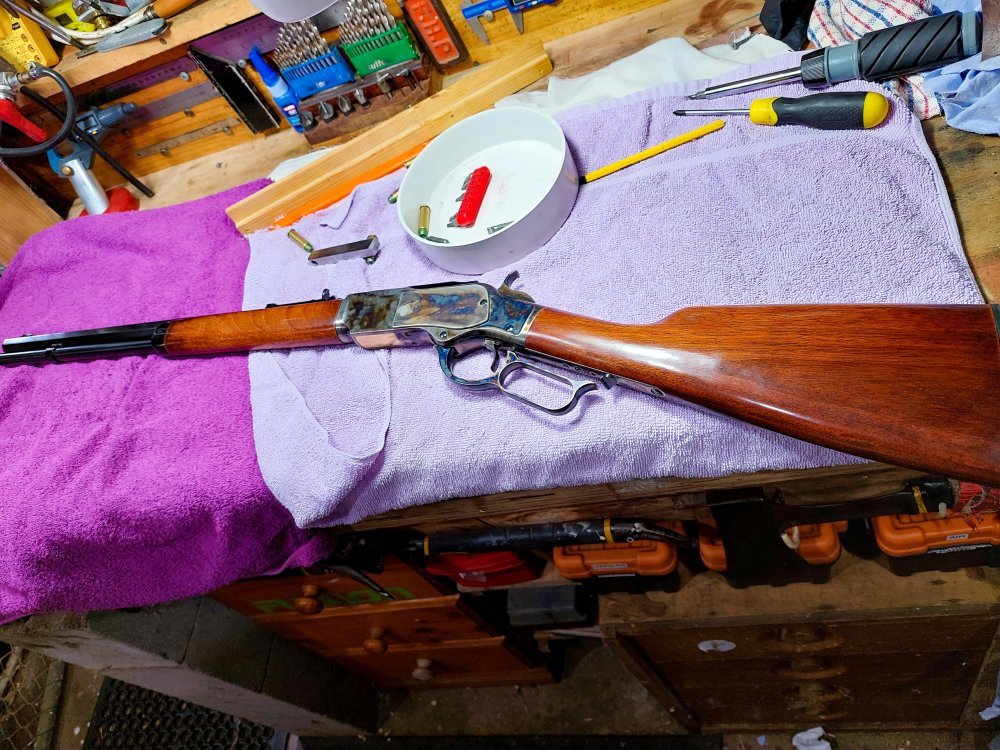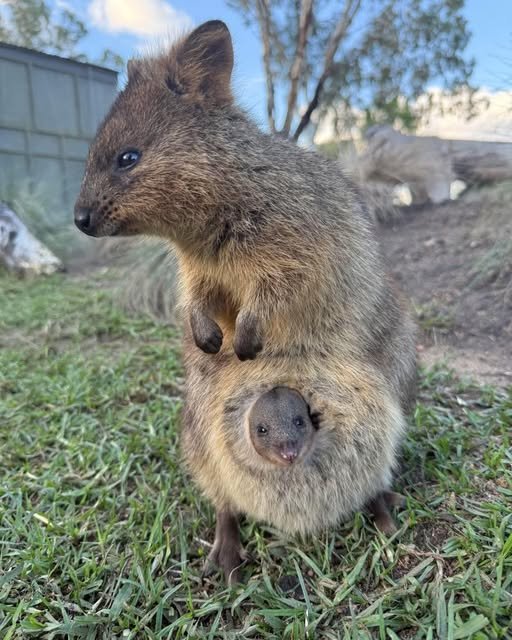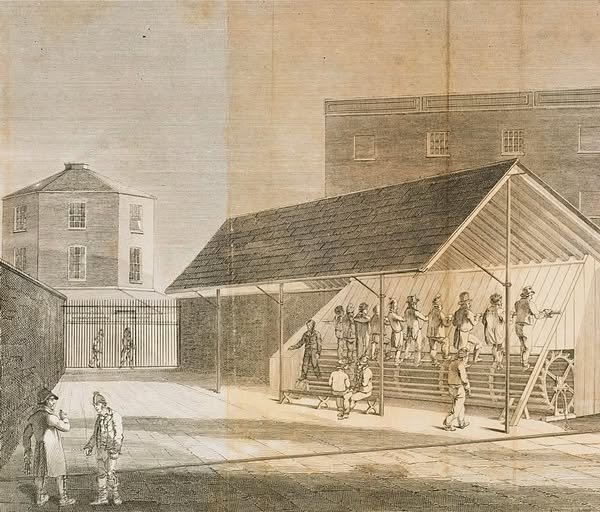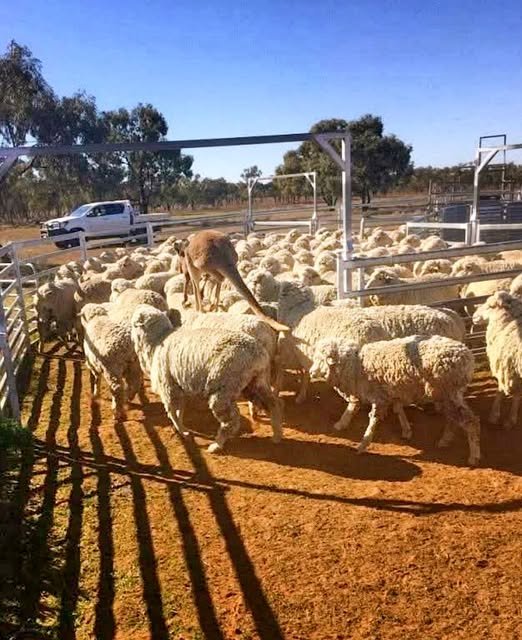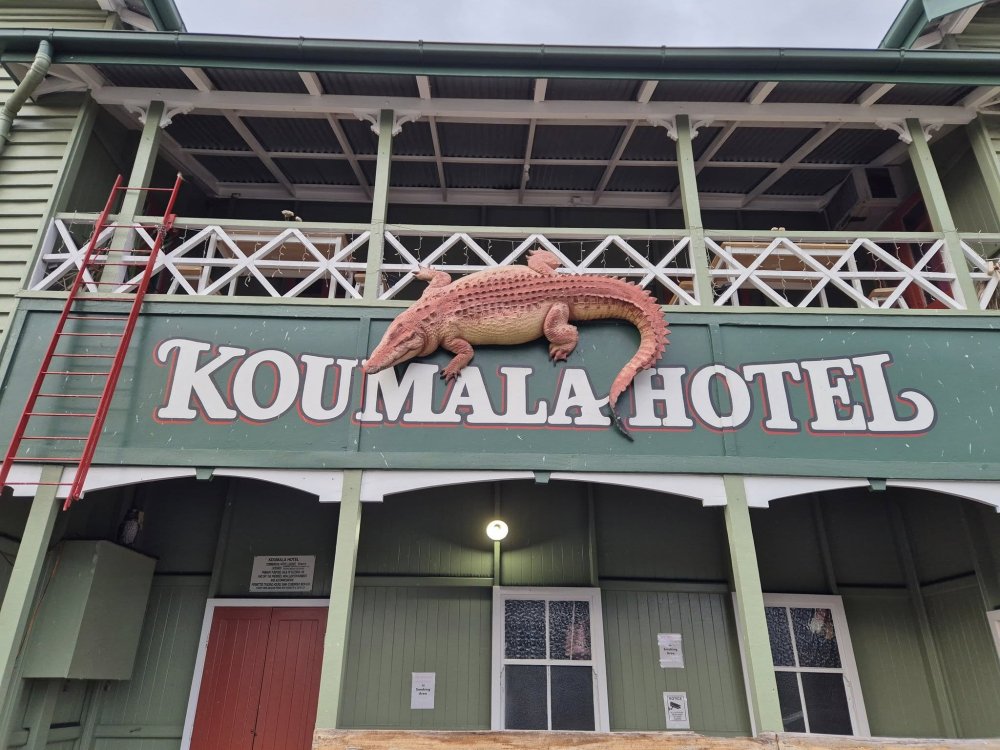-
Posts
10,999 -
Joined
-
Last visited
-
Days Won
87
Content Type
Profiles
Forums
Events
Everything posted by Buckshot Bear
-
-
-
Not cheap....... I could build this for under a $100 bucks here. If you buy one of these, do ya just whack it in the back of ya truck? - https://www.walmart.com/ip/Titan-Casket-Eco-II-Series-White-Pine-Box-with-Rope-Handles-180-lb-Wooden-Funeral-Casket/781013471?classType=VARIANT
-
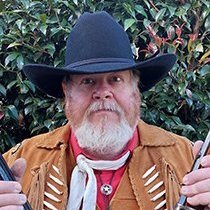
Since We Have One, Why Not The Other? Your Most Underrated Gun
Buckshot Bear replied to DocWard's topic in SASS Wire Saloon
I cop a bit of ribbing shooting a INOX 92FS in IPSC from fellas....... But if the moon and planets align I can still mop up the young whipper snappers -
Rye I think I'd be amazed at the sheer size and volume of what's for sale. It's Walmart isn't it that sells everything from lawnmowers to coffins?
-
If i ever make it to the States one of the first things I'd like to is walk around a Walmart.
-
-
-

100 basic dishes Aussie families will love
Buckshot Bear replied to Buckshot Bear's topic in SASS Wire Saloon
Some are very common favs, some are new to me. Milo is every Aussies fav! -
100 basic dishes Aussie families will love https://www.kidspot.com.au/kitchen/galleries/100-basic-family-recipes-aussie-love/ot37oy41
-

Watching 'Cops' Insurance Question
Buckshot Bear replied to Buckshot Bear's topic in SASS Wire Saloon
Who are you insured with a govt entity or private? How much coverage are you covered for? What's covered? -
Watching Cops on TV, the cop always asks the driver "Licence and insurance please". Can someone explain how car insurance works in the US? Thanks
-
Bravo to the pilots.
-
-
-
THE CONVICT TREADMILL- 1825 Hyde Park Barracks As a punishment, convicts were made to step continuously on treadmills to power wheels that ground grain. The men were rotated on and off the treadmills with rest periods of about 20 minutes per hour. This monotonous task was supposed to be a reformative punishment, unlike flogging. It also put convict manpower to good use, as they were helping to feed themselves. In 1825 Sydney’s treadmills were praised for producing 40 bushels (1000 kilograms) of ground corn per day. Doctors and humanitarians were concerned that this type of punishment might be damaging to health. An overseer recorded in the ‘House of Correction Register’ each man’s weight as they went on and came off the treadmill to make sure they weren’t wasting away. Two punishment treadmills were installed at Carters’ Barracks in 1823 and were used for the next 25 years. The larger treadmill was worked by 36 prisoners at a time, with 18 on each side. The smaller had ten men on each side.
-
Sound Moderators for Oz ...... maybe https://ssaavic.com.au/shh-we-really-need-to-talk-about-sound-moderators-silencers-suppressors/?utm_source=SSAA+National+E-newsletter&utm_campaign=e3f0848bec-EMAIL_CAMPAIGN_3_Wed_Week+11_COPY_01&utm_medium=email&utm_term=0_fdd96599fe-e3f0848bec-295161588
-
-
-
That made me smile
-
Big fan of mine.
-
Someone should sell grits in Australia.....just so we can know what it tastes like!
-
When the B2 bomber opens up its bomb doors, does it become more visible to radar?
-
-
